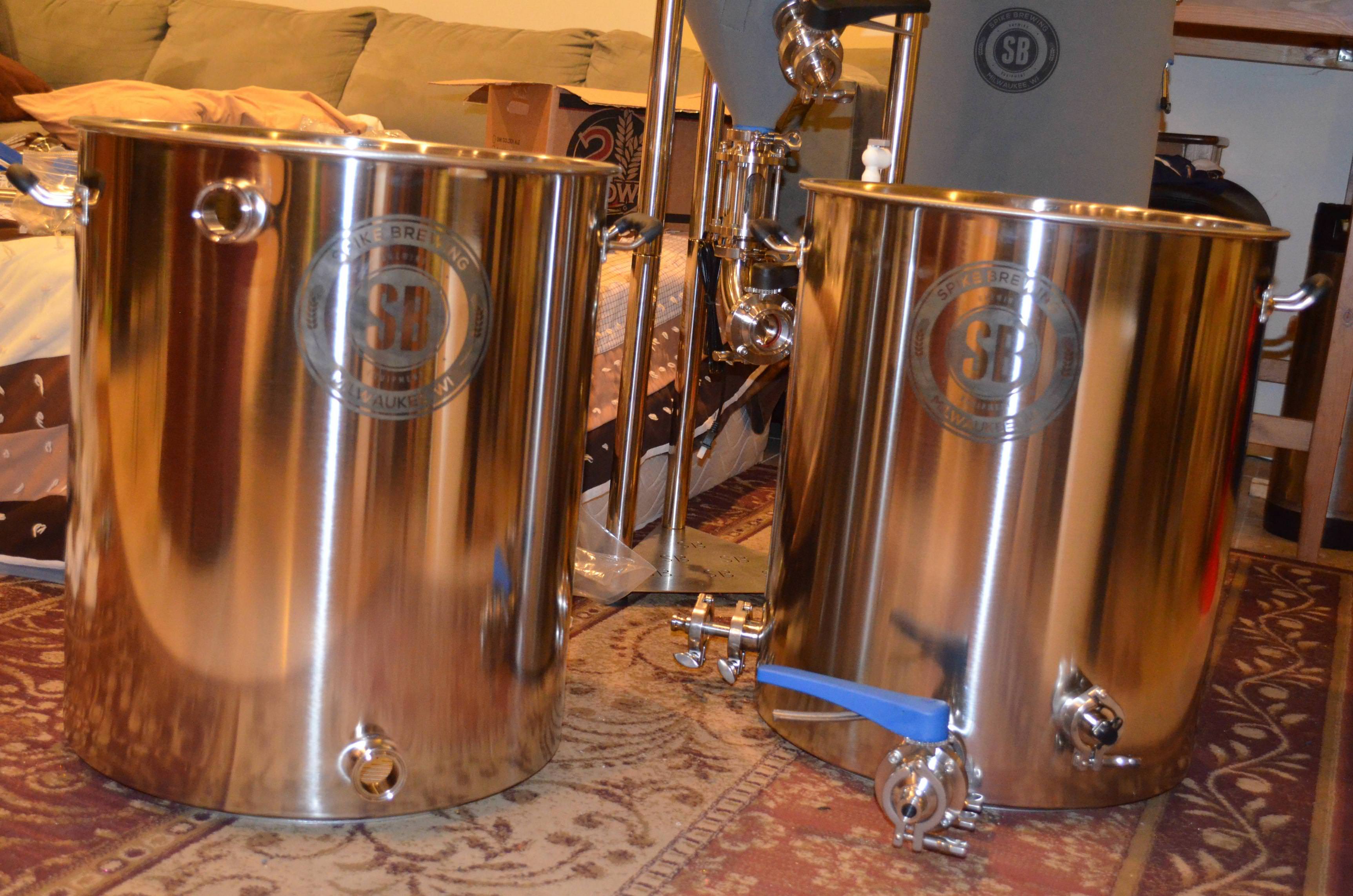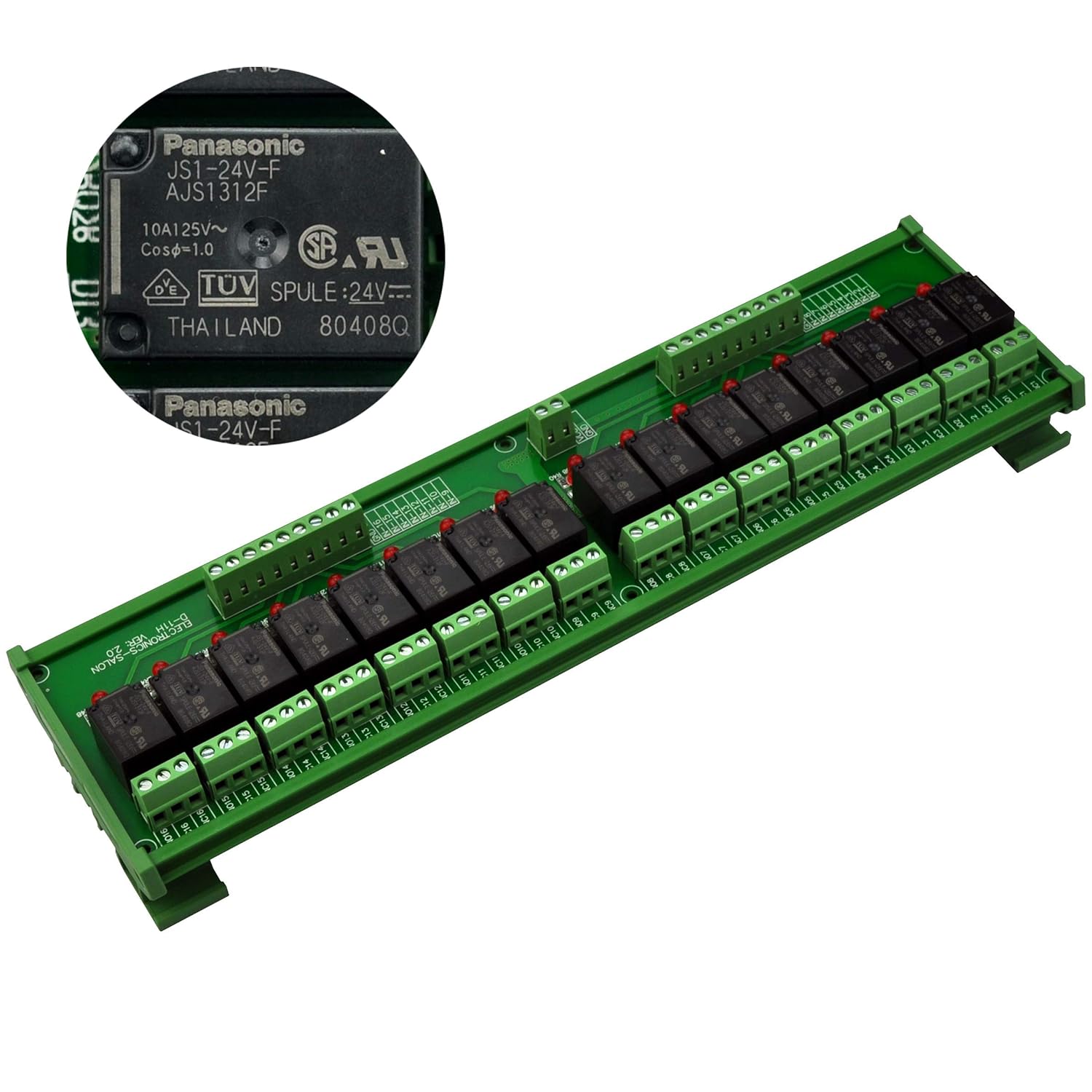Gameface
Well-Known Member
So you already have all the valves and other sensors you need, mostly just switching to the software?I can’t speak for Brewpi but I do have a BCS-460 (older version than the new one). It’s been ok but I’m switching to BruControl for a few reasons:
1. The I/O is too limiting. On mine, it’s 6 outputs and 4 temperature inputs. Not enough for what I want
2. Communication is twitchy. I have tons of issues trying to connect to it over my wireless network. Really stinks when you drop communication right in the middle of a brew session. It works best when connected directly to your router via an Ethernet cable. Most people don’t have routers in their brewing area.
3. The PID control is limiting. You can only assign PID parameters to a single output and an output can have only one set of parameters. Makes it difficult to manage different batch sizes, flow rates, sparge water heating, etc.
4. The state based control isn’t intuitive. I learned how to make it work, but I’d like something more user friendly.
Do you mind if I ask where you got your valves?















![Craft A Brew - Safale S-04 Dry Yeast - Fermentis - English Ale Dry Yeast - For English and American Ales and Hard Apple Ciders - Ingredients for Home Brewing - Beer Making Supplies - [1 Pack]](https://m.media-amazon.com/images/I/41fVGNh6JfL._SL500_.jpg)













































